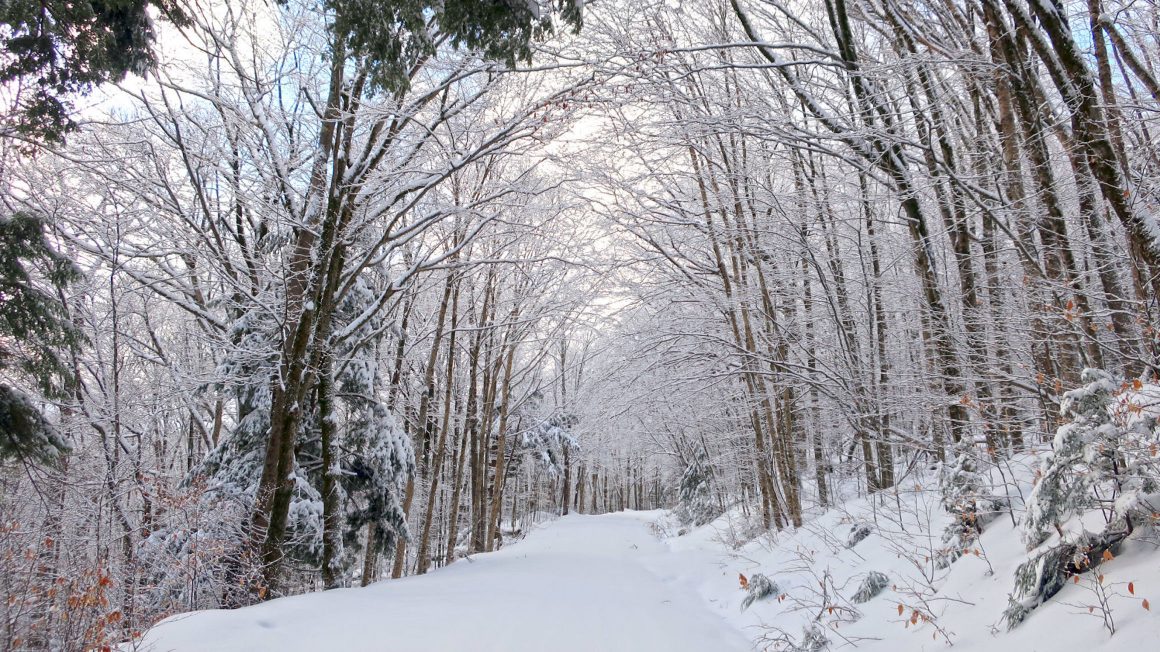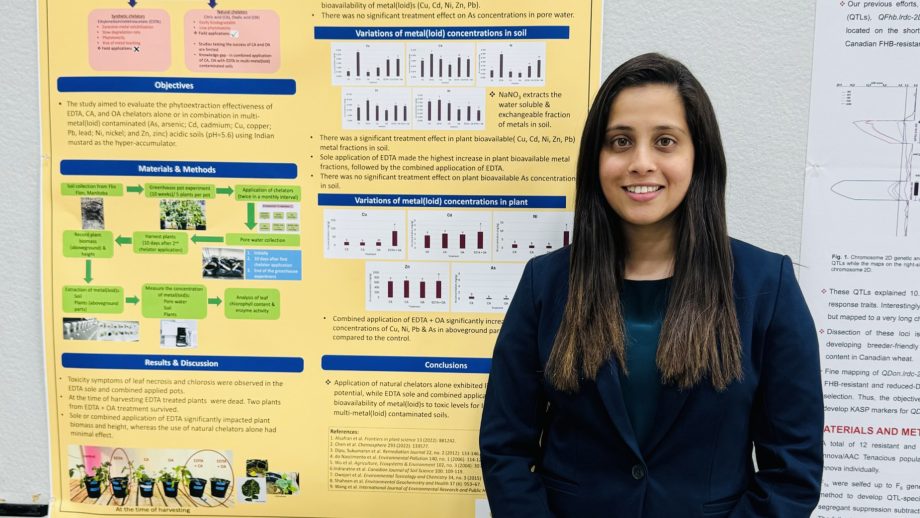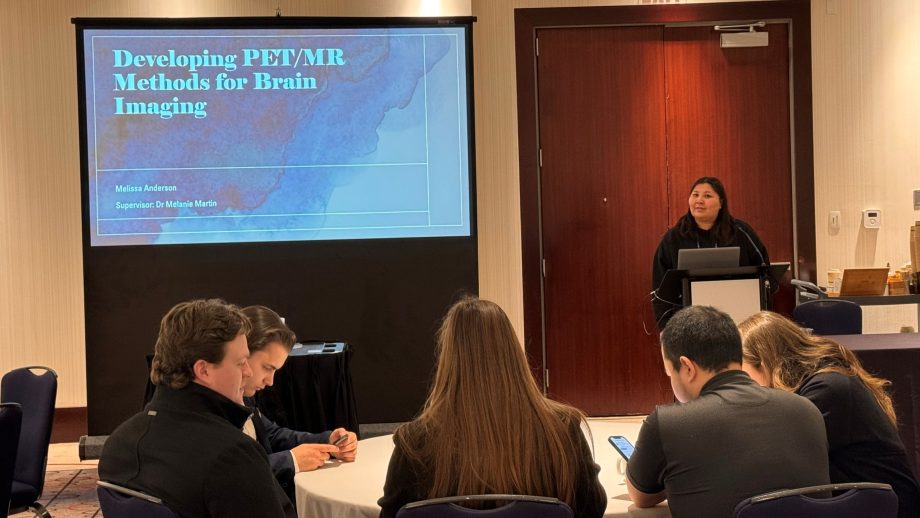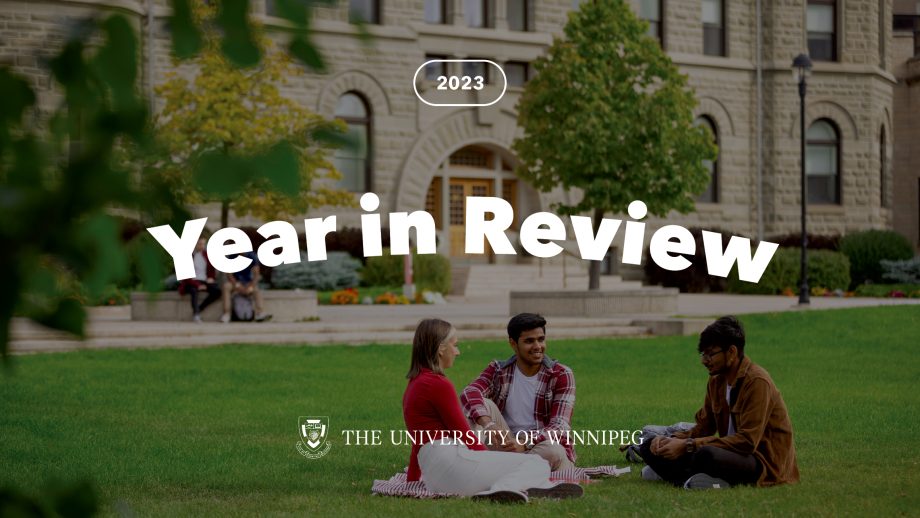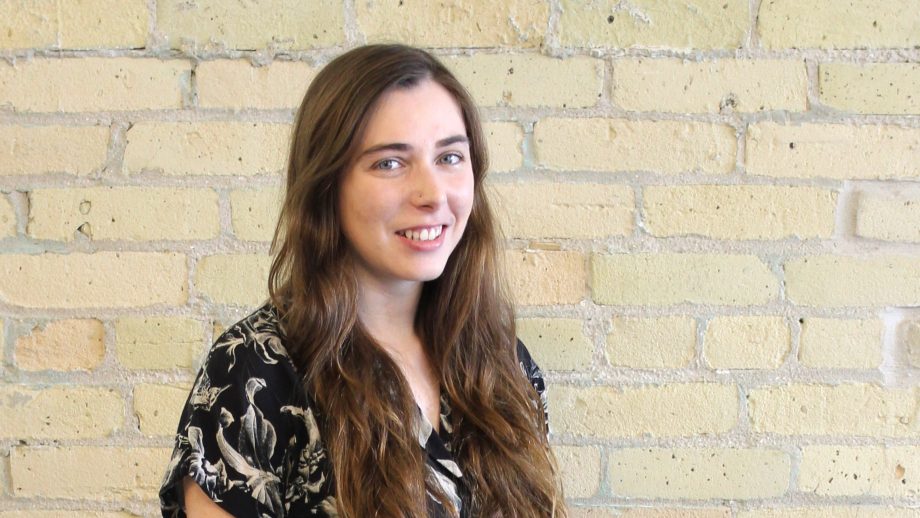In the past 100 years, climate change has significantly impacted the northern forest region of North America. Winters are not only three weeks shorter, but they’re much warmer and less snowy.
That’s according to the recently re-released Confronting Our Changing Winters report developed by scientists across Canada and the United States, including The University of Winnipeg’s Dr. Nora Casson.
Created with the help of a century’s worth of data, this project delves into the wide-ranging deciduous and mixed forested area that stretches from eastern Manitoba south to the United States and east to the Maritimes.
Because the area is experiencing rapid rates of change, especially during the winter, and has a high population density, it made sense to explore the region in much more detail.
The winters our children and grandchildren experience depend on the choices we as a society make today.
Dr. Nora Casson
“The northern part of the United States has a similar winter to the southern part of Canada, and we know winter is a time profoundly impacted by climate change,” explained Casson, who’s the Canada Research Chair in Environmental Influences on Water Quality and Associate Professor in the Department of Geography. “So, we pulled together a group of scientists from both sides of the border.”
Casson was part of the project’s leadership team, which included: Sarah Garlick, Hubbard Brook Research Foundation; Alexandra Contosta, University of New Hampshire; and Sarah Nelson, University of Maine.
“Because my background is as an environmental scientist, the main part of the project I was involved in was data analysis and visualizing the data through maps and figures,” she said.
The winters our children and grandchildren experience depend on the choices we as a society make today
Using science to explain real-life experiences
One of the project’s goals was to create climate change messaging for general public. While the science behind climate change is fact based, communicating that information can be more effective by tying in a relatable angle to the research.
That’s why Casson and the team translated the data specifically for decision makers and communities.
“It’s hard for many people, including myself, when someo
ne says the average temperature is going to be 1.2°C warmer in the next 50 years,” she said. “Grounding it in examples helps drive home that it’s not just weather systems changing, it’s the processes happening in ecosystems or the things we value in our communities, like recreational activities, that are changing too.”
Preliminary results were taken to those decision makers in stages and they were asked what they think and if the data reflected their experiences. That feedback was ultimately incorporated into the results of this report.
“We did a lot of work on winter climate change across the forest and assembled data and calculations of how things are changing,” Casson explained. “As we were doing that, we had a series of workshops with community members and practitioners, such as people who run parks and ski areas.”
The impact on wildlife, forests, water, and people
How exactly does the cold and snow impact everything from wildlife and forests to water and people?
When it comes to invasive species, extremely cold days are important for controlling their spread and slowing the negative impact they have on the environments they’re in.
“For instance, at -17°C, it’s cold enough to kill about half of southern pine beetles, and if temperatures drop to -22°C, very few can survive” Casson noted. “If you lose really cold days, there’s a bigger risk of invasive forest pests that are bad for forest ecosystems.”
Winter recreation activities also heavily rely on the cold and snow. Without either, ski resorts and snowmobile trails cannot operate. In a more local example, we can look to the river trail at the Forks opening later and later in the season as a sign of our shortening winters.
The unintended consequences of shorter winters also affect the economy. In the case of forestry sector, shorter winters mean there’s fewer logging opportunities.
“What we’re seeing is increased muddy days where the temperature is above 0°C,” she said. “They are occurring more often in January and February which would be prime winter logging season for many operators, and could have economic consequences.”
Hope for the future
While the report doesn’t paint a great picture of what’s taken place over the past century, that doesn’t mean there isn’t hope.
If anything, this information will help in the development of adaptation strategies to slow and, hopefully, reverse climate change.
“The winters our children and grandchildren experience depend on the choices we as a society make today,” she said. “It’s in our hands to change the course we’re on and protect some of the things we really value about winter.

